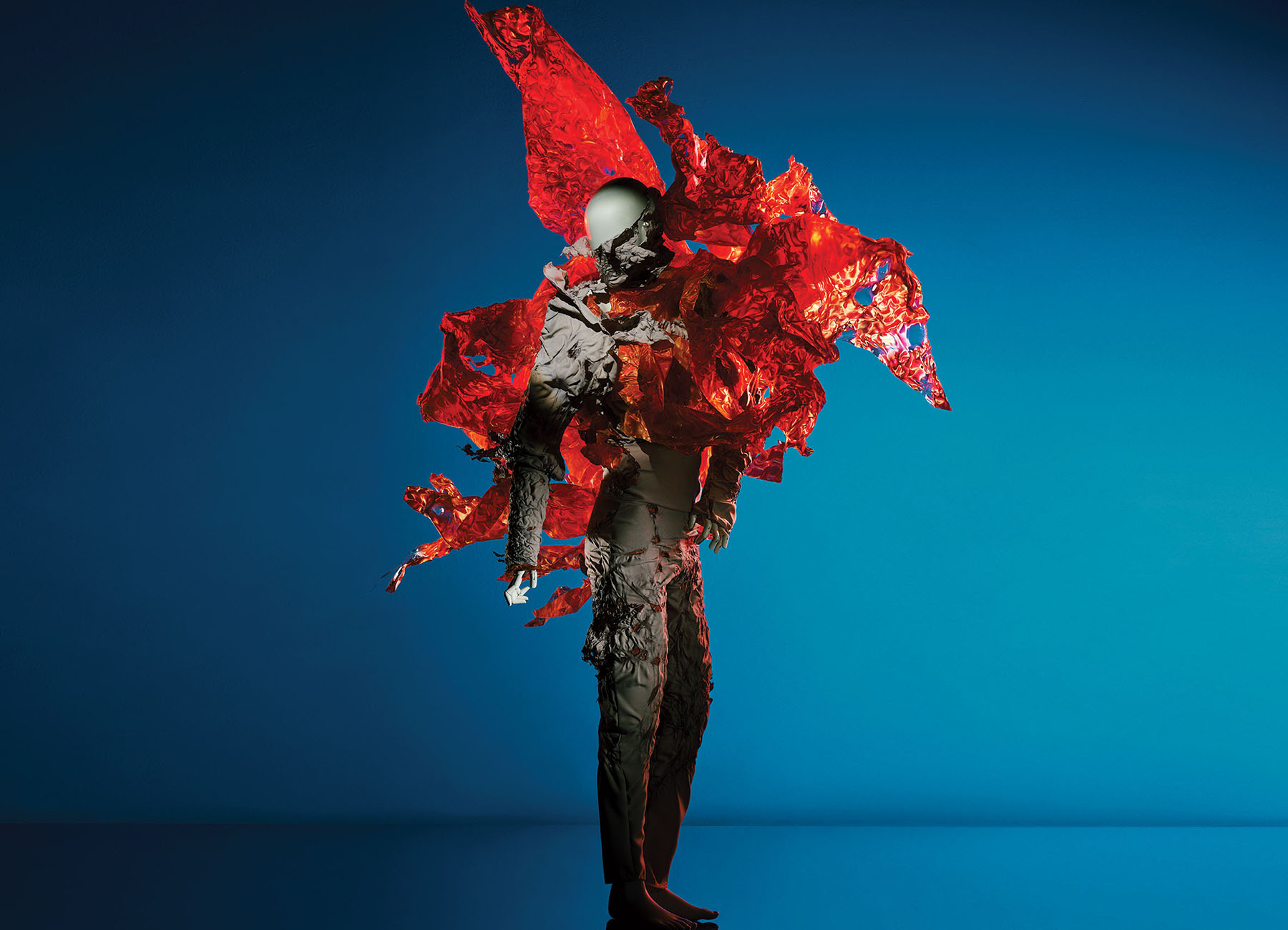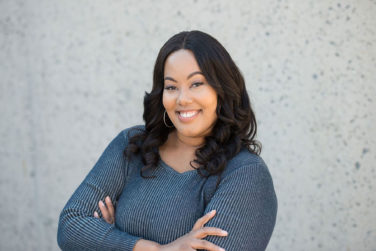Can an art installation teach you about a disease? How about a song? Or a dance? Can more than 20 pharma companies unite around messaging for biomarker testing even though everyone seems to call it something different? And can the mistrust and skepticism minority communities have toward the healthcare system be overcome to spread crucial disease awareness?
In all of these cases, the answer is yes and it’s thanks to strategic—and perhaps unconventional—partnerships that are rethinking the best ways to educate audiences about diseases and other healthcare issues. In part, these new ways of thinking were born out of a desire to stand out in a world oversaturated with advertising and media content. Or the need to overcome the rampant miscommunication campaigns that arose during the pandemic. Or the desire to reach communities that have been underserved. Or simply an attempt to find a better way to educate.
“I think COVID helped remind us that we have to be open to non-traditional collaboration,” explains Jewel Jones, Health Equity and Justice Practice Leader at Real Chemistry. “Whether that’s with another company, startups doing interesting work in certain spaces, influencers, or someone else, we need to think differently about how we reach and engage our audiences when it comes to disease awareness.”
Patient advocacy organizations, healthcare professional (HCP) groups, nonprofits, community-based organizations, artists, advertising agencies, life sciences companies, and more are all finding various ways to work together around a common goal. But what do these collaborations look like? What makes them successful? And what do these various groups look for in a partner?
Patient Advocacy
LUNGevity is a nonprofit dedicated to funding scientific research in lung cancer while serving as a thought leader in the lung cancer advocacy community. Working with JPA Health, they developed the “No One Missed” campaign to educate audiences about comprehensive biomarker testing in non-small cell lung cancer (NSCLC). The campaign started when AstraZeneca approached LUNGevity to take the lead, but since then they have brought on more than 20 pharma partners that are supporting it both financially and helping push out the messaging.
“Historically, pharma companies only do marketing for biomarker testing related to the type of drug they were launching,” says Nikki Martin, Senior Director, Precision Medicine Initiatives, LUNGevity. “As a result, it’s a very fragmented message that is also very confusing for patients because they need to know the type of testing they get is not specific to one type of biomarker—it’s for multiple biomarkers. So having this level of collaboration is quite remarkable, and in the long run will really serve patients and providers.”
The initiative isn’t limited to pharma partners. It also includes patient groups such as ALK Positive and EGFR Lung Cancer Resisters, HCP groups like the Academy of Oncology Nurse & Patient Navigators (AONN+) and Oncology Nursing Society (ONS), medical institutions such as the University of Chicago Medicine Comprehensive Cancer Center, and even more beyond that. To keep everyone on the same page, LUNGevity’s Chief Marketing Officer Linda Wenger says communication through monthly partner calls and regular email updates have been key as well as 100% buy-in from everyone involved throughout the various organizations. It’s also important that the relationships are not a one-way street.
“Obviously, we want their expertise and even for them to challenge us,” Wenger explains. “One very interesting part of the collaboration was pharma partners bringing up the idea of taking it to other tumor types beyond NSCLC. I don’t know that LUNGevity would’ve thought of that because we are a lung cancer organization, but they pushed us to consider this in a broader sense to get the biomarker testing message out as far and wide as we can.”
HCP Groups
In another unique partnership, the American College of Chest Physicians (CHEST) is teaming up with the nonprofit Three Lakes Foundation on an initiative called “Bridging Specialties: Timely Diagnosis for ILD Patients.” Together, they formed a steering committee of pulmonologists, primary care physicians (PCPs), nursing professionals, respiratory therapists, and others to develop materials that will aid in reducing the time it takes to diagnose interstitial lung diseases (ILDs)—which can currently take several years.
“Typically, everyone likes to work in their silos, primary care educates primary care, pulmonology focuses on educating pulmonology, so Three Lakes approached us given our expertise educating clinicians to help bridge the specialties and see what primary care can tell pulmonology and vice versa,” explains CHEST’s Senior Director, Program Development Robb Rabito. “This will be a longitudinal program as we work to implement a toolkit in practice and then measure how time to diagnosis was impacted.”
While they are currently developing the toolkit, the plan is to include resources such as eLearning courses, infographics, checklists, an updated patient questionnaire, and more. It should launch in time for CHEST’s annual meeting in October. In the meantime, they have already released a podcast with their partner ReachMD, featuring a discussion between a pulmonologist and PCP about improving time to diagnosis in ILD. In general, podcasts is a channel CHEST has found to be particularly effective in education initiatives.
“Both traditional webinars and podcasts are huge in medical education, but we’re seeing way more reach delivering podcasts as it suits a physician’s lifestyle better,” Rabito says. “Social media also plays a big role and we have been experimenting with ‘tweetorials’ or Twitter education, and gotten some good engagement. We also started delivering education via text message with little chunks of info sent a couple times a week to physicians’ cell phones. But ultimately, you need multiple modes of education across several formats to have the most impact.”
To ensure that “Bridging Specialties,” also has the most impact, the organizations are open to more partners, including pharma. As Rabito says, “improving diagnosis gets the patient to the right treatment sooner, which is something we are all interested in.”
Nonprofits and Community-Based Organizations
As the pandemic put a bigger spotlight on the inequalities in our healthcare system, initiatives to improve health equity have grown over the past couple of years. At Real Chemistry, Jones has been working with the Black Coalition Against COVID (BCAC) as a pro bono client. The BCAC is a collaboration between several organizations including the four medical-focused historically Black colleges and universities (HBCUs), the National Black Nurses Association, the National Urban League, BlackDoctor.org, as well as influencers from a variety of faith, labor, small business, community service organizations, and more. Through “A Love Letter from America’s Black Doctors and Nurses,” they worked to increase trust among a community that has been justifiably skeptical of the healthcare industry given the historical mistreatment and experimentation on marginalized communities.
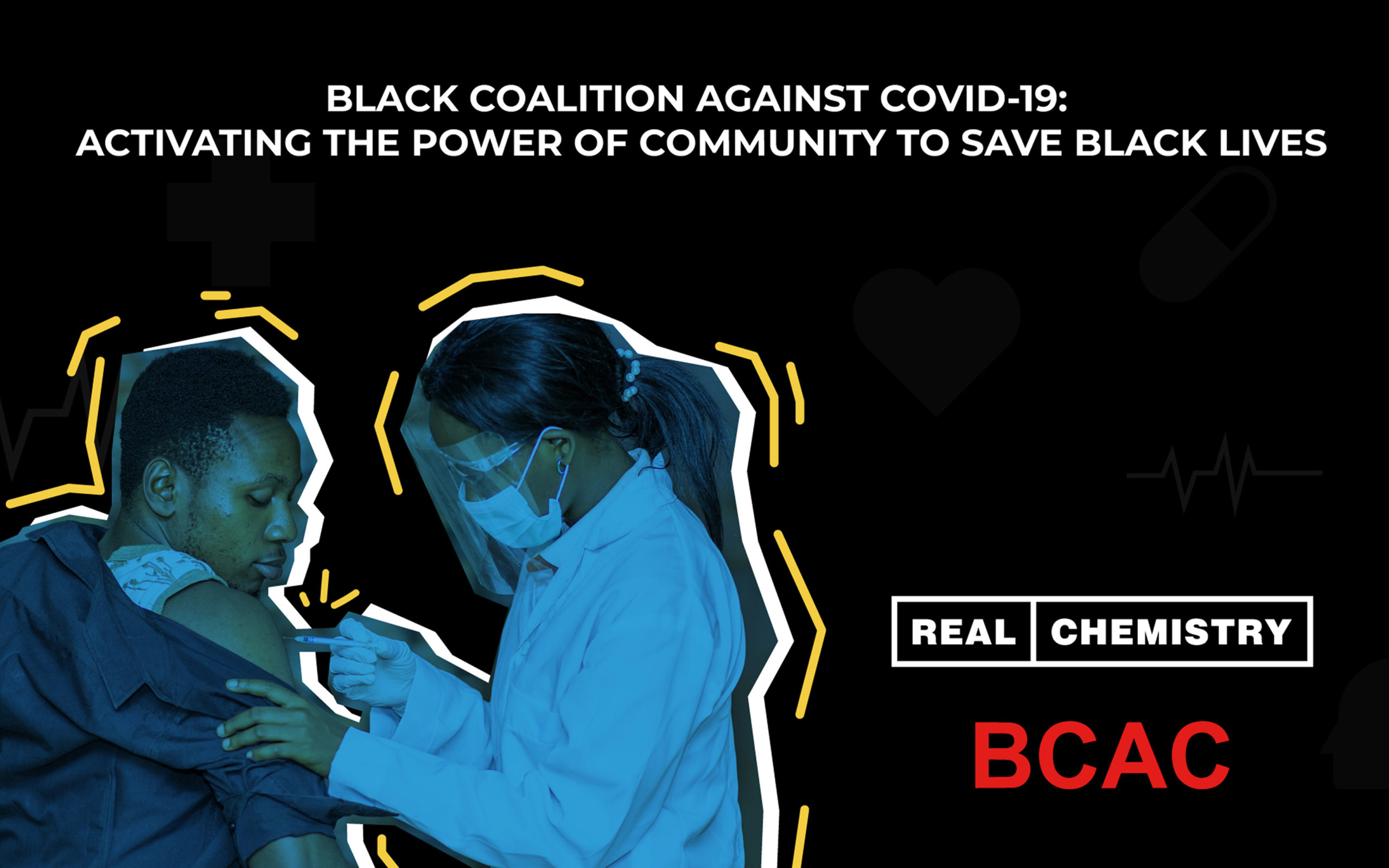
“Based on data, we knew that racial concordance, when a doctor’s racial and ethnic background mirrors that of their patient population, actually leads to improved health outcomes,” Jones explains. “So ensuring that through media conversations and in the public discourse there was representation of Black providers and public health advocates who not only understood the subject matter but could also contextualize it from a cultural humility perspective, we helped drive more than six billion in earned media reach within the first seven to eight months of the campaign.”
In the middle of 2020, advertising agency Wunderman Thompson Health founded a center of excellence (CoE) called Health4Equity with Chief Medical Officer Dania Alarcon, PhD at the helm. Towards the end of 2021, Health4Equity received a racial equity program grant from parent company WPP, which has allowed them to explore partnerships with nonprofit organizations, such as Black Health Matters and California Black Health Network. This led to campaigns such as “We Love You to Health,” which helped connect Black mothers and mothers to be with doulas who are race, language, and culture concordant through DoulaMatch.net, and “40 Seconds for 40 Years,” a PSA campaign that connected Black men aged 40 plus to the American Cancer Society page detailing key risk factors for Black men to encourage earlier prostate cancer screening.
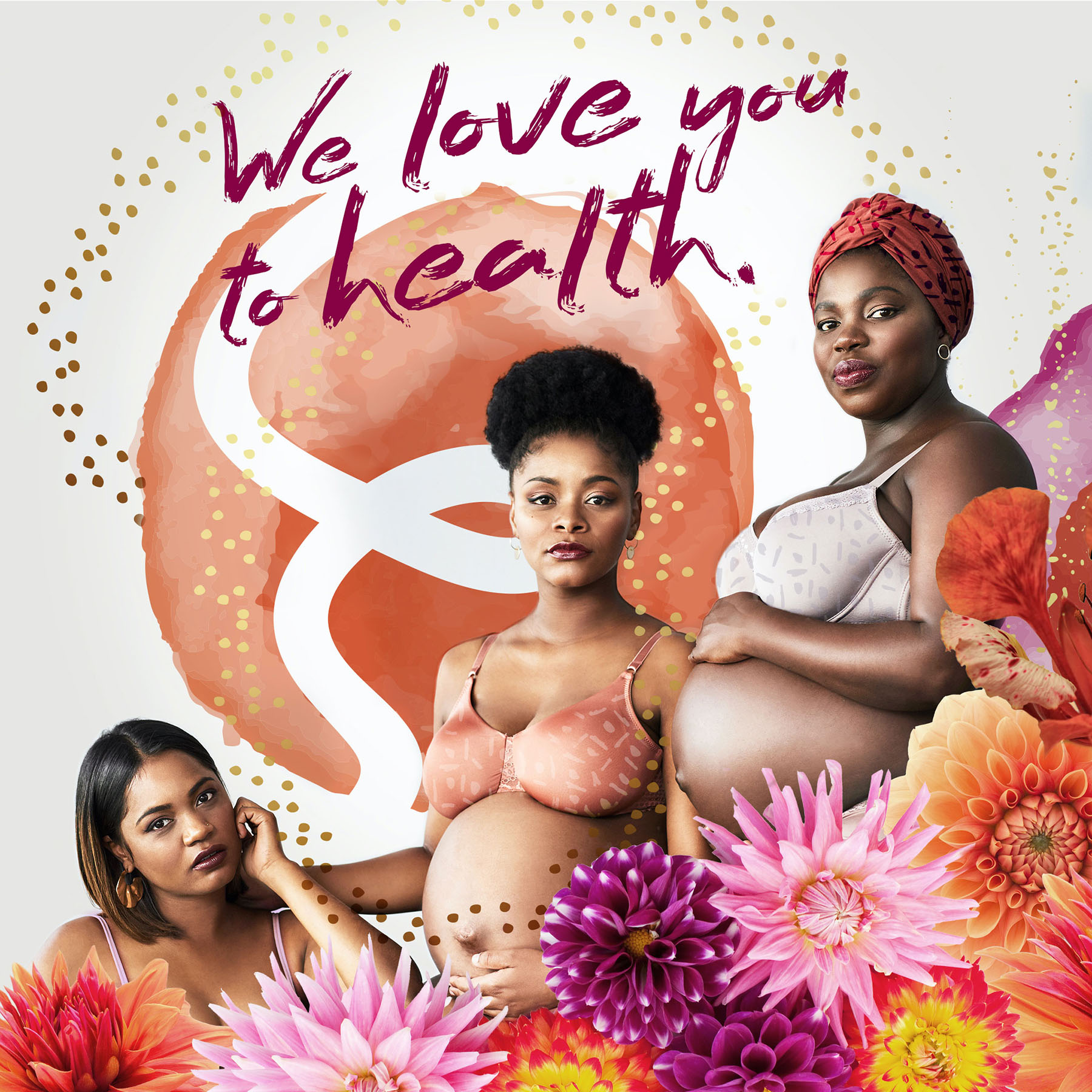
“One way we can address the needs of underserved communities is ensuring what’s standing in the way of patients communicating with their doctors is addressed,” Dr. Alarcon says. “Oftentimes, for the Black male community, they don’t feel that sense of psychological safety necessary to have vulnerable moments with their physicians. Yet, by seeing themselves reflected in that space, such as in the ‘40 for 40’ campaign, it drives greater willingness to have important conversations about their health.”
For any pharma companies interested in partnering with similar community-based organizations, whether that be faith-based, civic, or social, Jones says the most important thing is to think about them as a stakeholder and not a vehicle for an initiative.
“In so many instances, we hear from community-based organizations that they feel they’re being tapped just to be mentioned in a press release,” Jones explains. “These organizations must be treated in the same way as advocacy groups, policymakers, or any other key stakeholder group—with respect and their long-term goals in mind. Pharma leaders must recognize these groups have the trust of their community and are often an incredible driver of impact that can offer the industry tremendous value and expertise.”
Art and Music
Hip Hop Public Health (HHPH) is another nonprofit interested in building health equity, but they are doing so through the power of music, art, culture, and science. Founded in 2004 by Dr. Olajide Williams and hip hop icon Doug E. Fresh, the organization’s projects include a song and dance to teach kids the acronym F.A.S.T (face, arm, speech, time) for recognizing stroke, eight different songs and videos about COVID, a 19-song album Songs for a Healthier America in partnership with Michelle Obama, and most recently working with agency AREA 23, an IPG Health Company, on the Lil Sugar campaign.
Voiced by Darryl DMC McDaniels, Lil Sugar teaches kids about the more than 150 different forms of sugar through videos, songs, and even an app where they can scan a product and guess the type of sugar it contains. All of the materials for this campaign—and everything HHPH develops—are free to download so organizations and schools can incorporate it in their learning materials.
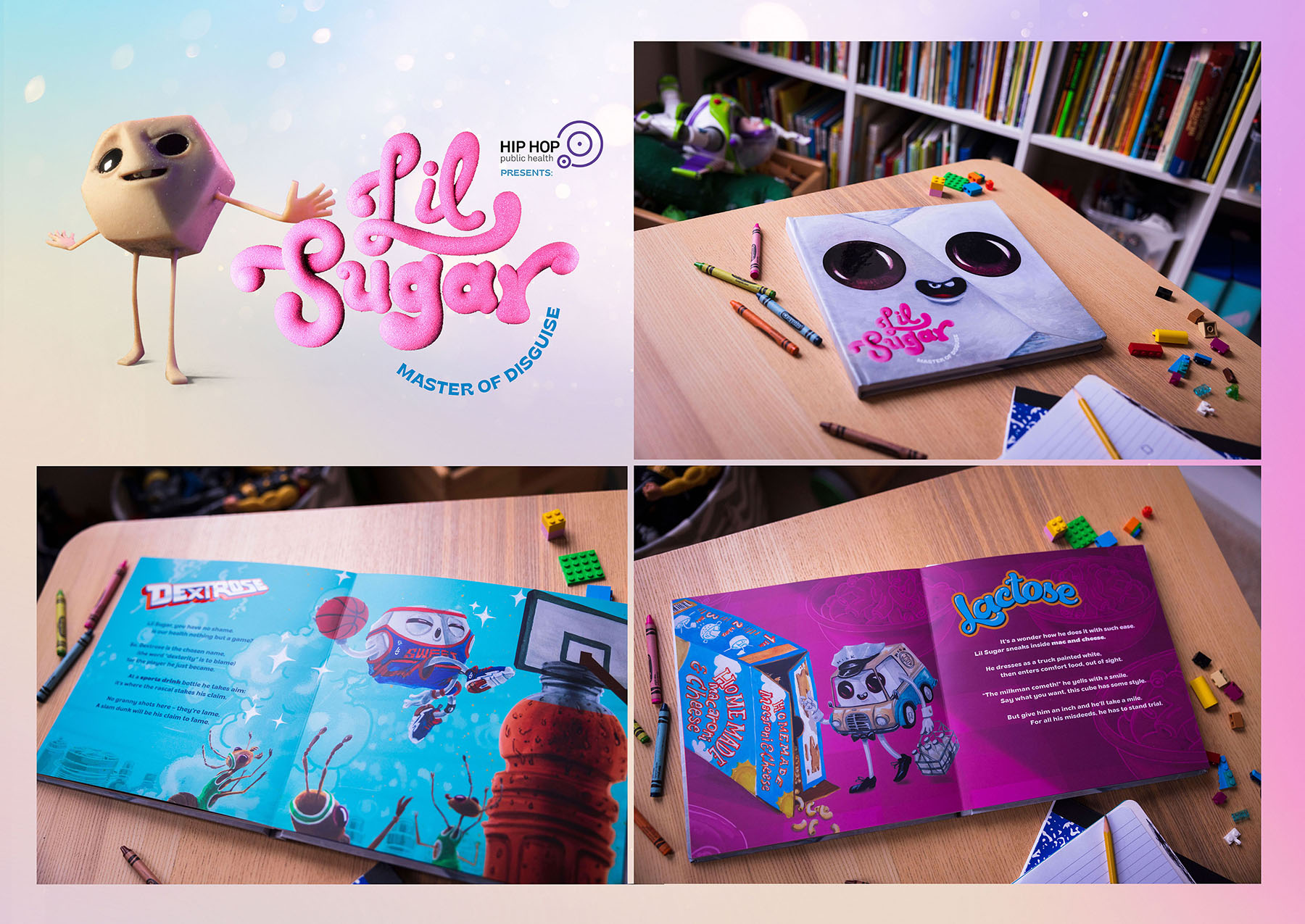
“Even though we are called Hip Hop Public Health, because of the historical role that hip hop has played as an expression of struggle for the Black and Brown community, we are open to all music genres and working with all musicians,” says Patrice Webb, Chief Strategic Communications & Engagement Officer, HHPH. “And we are willing to work with any kind of partner that shares in our intent to educate, engage, and support sustainable behavior change that gets us as a society closer to health equity.”
AREA 23 also worked with Boehringer Ingelheim on “The Unwearable Collection” campaign in which they partnered with internationally renowned Dutch designer Bart Hess who created an art gallery inspired by quotes from generalized pustular psoriasis (GPP) patients. The art installation appeared during this year’s American Academy of Dermatology (AAD) annual meeting in March.

“We wanted to differentiate ourselves from other disease states that bubble up in dermatology, especially since GPP is such a rare disease,” explains Claudia Beqaj, Executive Director, Dermatology Sales and Marketing, Boehringer Ingelheim. “We used art to express in a very different way how these patients experience their disease. We ended up with lines of physicians trying to enter the booth to film the exhibit, take photos, and even do podcasts live from it.”
While it was initially planned as a one-and-done, given its success the companies now plan to turn it into a wider disease awareness campaign. Plans are still in development, but the idea is to expand the campaign to work in non-traditional spaces such as museums, art galleries or fashion shows.
“We need to look for discreet opportunities where it almost creates a bit of sensationalism and has a different emotional impact on everybody,” Beqaj says. “Ultimately, we’re looking for ways to make it relatable but also cut through the noise of the traditional pharma model that tends to be very transactional between the manufacturers and physicians or patients.”
Of course, one key to accomplishing this will be forming partnerships similar to one that made the first effort so successful.
“The best partnerships allow everyone to express themselves and explore creatively, without some of the limitations that come with our industry,” says Claudine Wolf, Group Management Director, AREA 23. “The advantage of more unconventional partners is they just bring such a different perspective, which we love. But in the end, the most important thing is ensuring the experience is beneficial and rewarding to everyone involved.”


